1. Joe H, Seo YJ. A newly designed tympanostomy stent with TiO2 coating to reduce Pseudomonas aeruginosa biofilm formation. J Biomater Appl. 2018; Oct. 33(4):599–605.

2. Lee SH, Ha SM, Jeong MJ, Park DJ, Polo CN, Seo YJ, et al. Effects of reactive oxygen species generation induced by Wonju City particulate matter on mitochondrial dysfunction in human middle ear cell. Environ Sci Pollut Res Int. 2021; Sep. 28(35):49244–57.

3. Demant MN, Jensen RG, Bhutta MF, Laier GH, Lous J, Homoe P. Smartphone otoscopy by non-specialist health workers in rural Greenland: a cross-sectional study. Int J Pediatr Otorhinolaryngol. 2019; Nov. 126:109628.

4. Cha D, Pae C, Seong SB, Choi JY, Park HJ. Automated diagnosis of ear disease using ensemble deep learning with a big otoendoscopy image database. EBioMedicine. 2019; Jul. 45:606–14.

5. Zeng X, Jiang Z, Luo W, Li H, Li H, Li G, et al. Efficient and accurate identification of ear diseases using an ensemble deep learning model. Sci Rep. 2021; May. 11(1):10839.

6. Singh A, Sengupta S, Lakshminarayanan V. Explainable deep learning models in medical image analysis. J Imaging. 2020; Jun. 6(6):52.

7. Liu X, Song L, Liu S, Zhang Y. A review of deep-learning-based medical image segmentation methods. Sustainability. 2021; Jan. 13(3):1224.

8. Rosenfeld RM, Shin JJ, Schwartz SR, Coggins R, Gagnon L, Hackell JM, et al. clinical practice guideline: otitis media with effusion (update). Otolaryngol Head Neck Surg. 2016; Feb. 154(1 Suppl):S1–41.

9. Sanna M, Russo A, Caruso A, Taibah A, Piras G. Color atlas of endootoscopy. Thieme;2017.
10. Russell BC, Torralba A, Murphy KP, Freeman WT. LabelMe: a database and web-based tool for image annotation. Int J Comput Vis. 2008; May. 77(1):157–73.

11. He K, Gkioxari G, Dollar P, Girshick R. Mask R-CNN. International Conference on Computer Vision;2017. p. 2980–8.
12. Peng J, Wang Y. Medical image segmentation with limited supervision: a review of deep network models. IEEE Access. 2021; 9:36827–51.

13. Aggarwal R, Sounderajah V, Martin G, Ting DS, Karthikesalingam A, King D, et al. Diagnostic accuracy of deep learning in medical imaging: a systematic review and meta-analysis. NPJ Digit Med. 2021; Apr. 4(1):65.

14. Wang G, Li W, Ourselin S, Vercauteren T. Automatic brain tumor segmentation using cascaded anisotropic convolutional neural networks. In : In : Crimi A, Bakas S, Kuijf H, Menze B, Reyes M, editors. Brainlesion: glioma, multiple sclerosis, stroke and traumatic brain injuries. Proceedings of the Third International Workshop BrainLes; 2017 Sep 14; Quebec City (QC). Springer;2018. p. 10670.
15. Liu Y, Zhang P, Song Q, Li A, Zhang P, Gui Z. Automatic segmentation of cervical nuclei based on deep learning and a conditional random field. IEEE Access. 2018; 6:53709–21.

16. Zhao C, Han J, Jia Y, Gou F. Lung nodule detection via 3D U-Net and contextual convolutional neural network. In : 2018 International Conference on Networking and Network Applications; 2018. Xi’an, China. p. 356–61.

17. Mulay S, Deepika G, Jeevakala S, Ram K, Sivaprakasam M. Liver segmentation from multimodal images using HED-Mask R-CNN. In : In : Li Q, Leahy R, Dong B, Li X, editors. Multiscale multimodal medical imaging. Proceedings of the First International Workshop MMMI 2019; Shenzhen. Springer;2019. p. 68–75.
18. Shu JH, Nian FD, Yu MH, Li X. An improved mask R-CNN model for multiorgan segmentation. Math Probl Eng. 2020; 2020:8351725.

19. Prajapati SA, Nagaraj R, Mitra S. Classification of dental diseases using CNN and transfer learning. In : 5th International Symposium on Computational and Business Intelligence (ISCBI); 2017. Dubai, United Arab Emirates. p. 70–4.

20. Anantharaman R, Velazquez M, Lee Y. Utilizing Mask R-CNN for detection and segmentation of oral diseases. In : 2018 IEEE International Conference on Bioinformatics and Biomedicine (BIBM); 2018. Madrid, Spain. p. 2197–204.

21. Myburgh HC, van Zijl WH, Swanepoel D, Hellstrom S, Laurent C. Otitis media diagnosis for developing countries using tympanic membrane image-analysis. EBioMedicine. 2016; Feb. 5:156–60.

22. Pichichero ME, Poole MD. Assessing diagnostic accuracy and tympanocentesis skills in the management of otitis media. Arch Pediatr Adolesc Med. 2001; Oct. 155(10):1137–42.

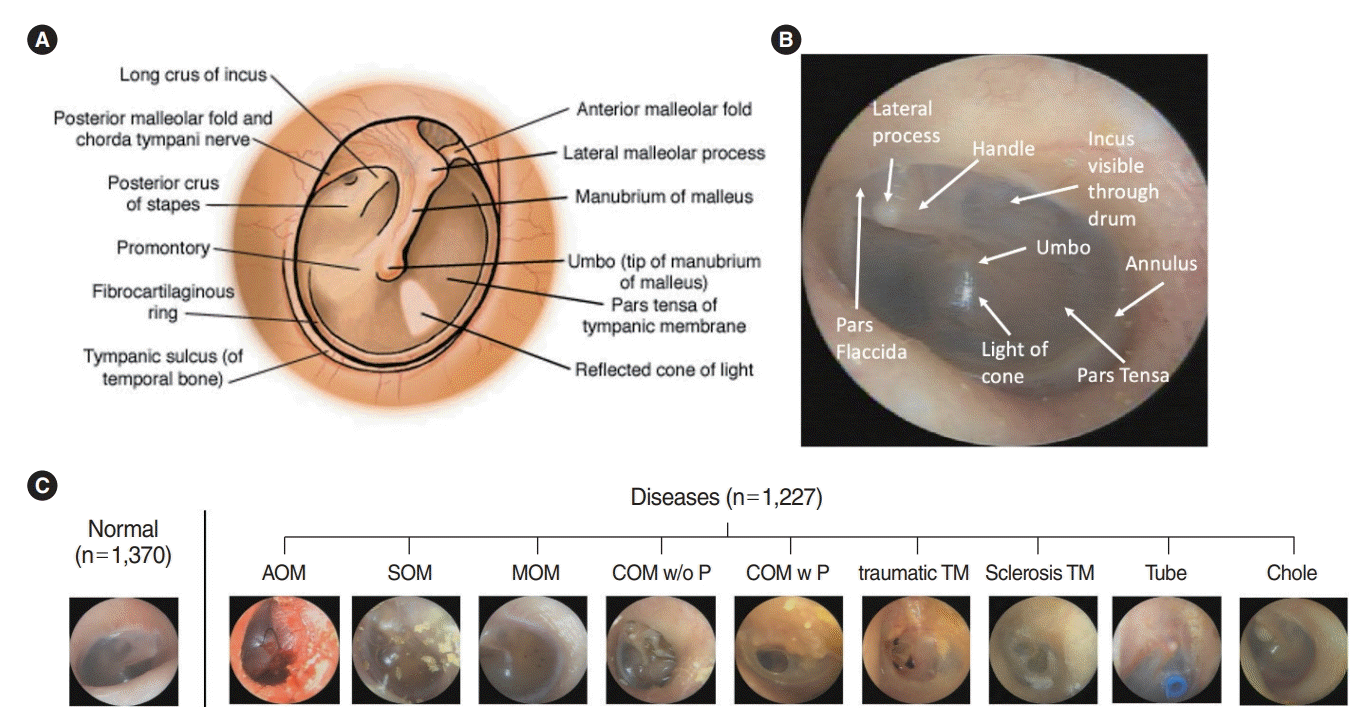
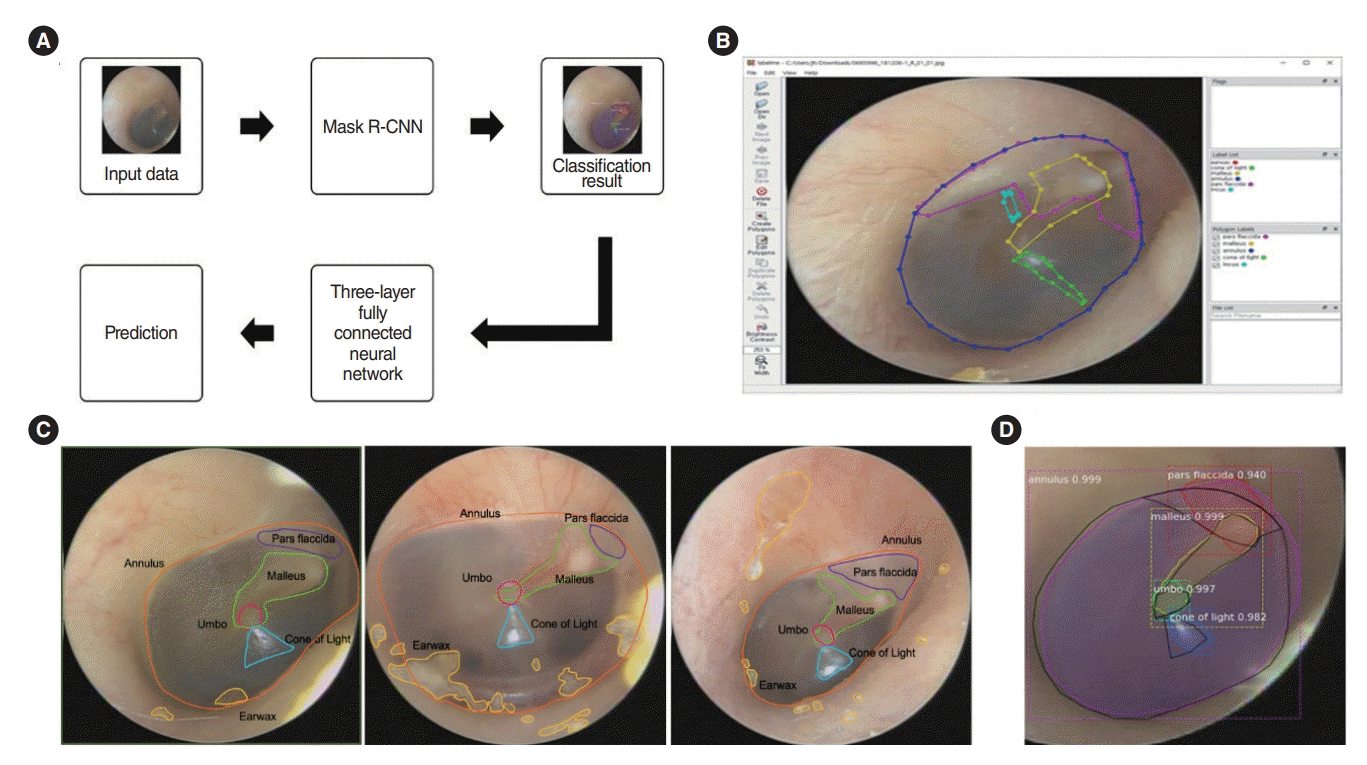
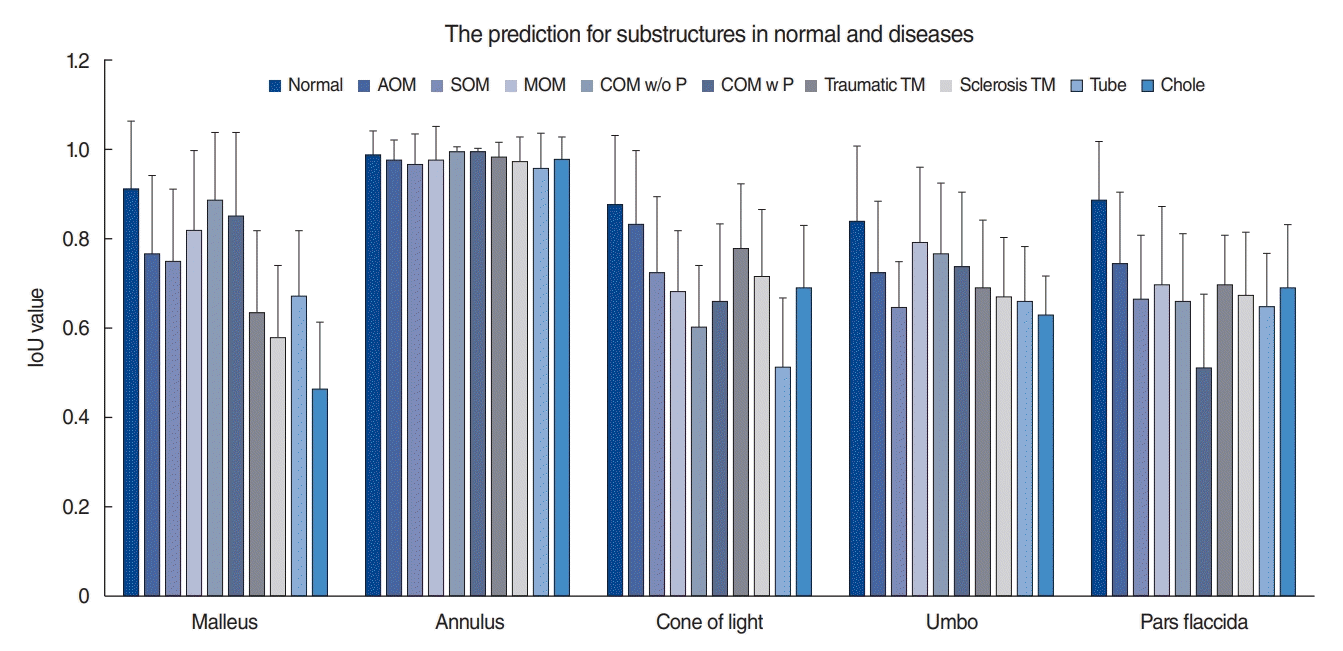
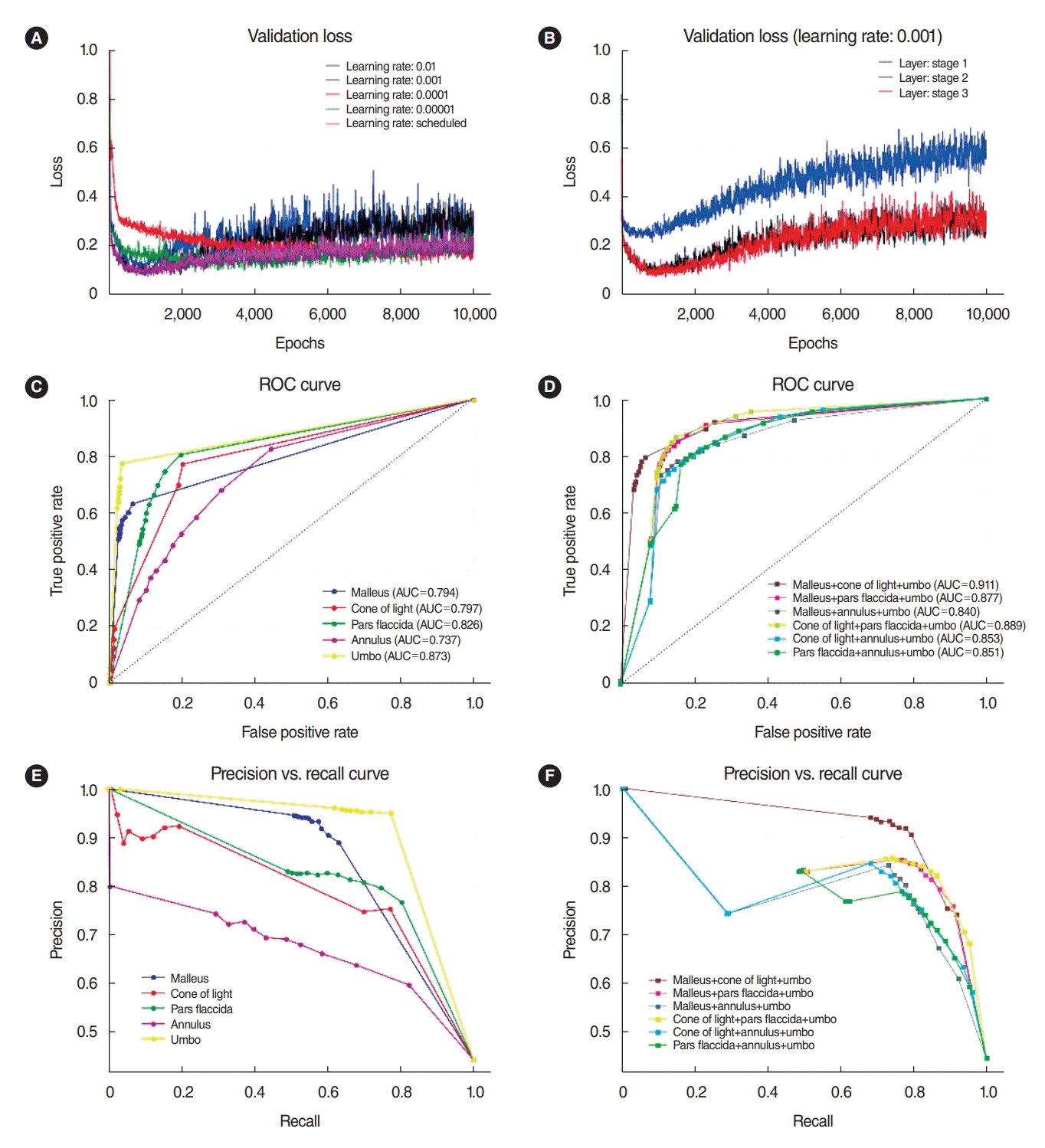
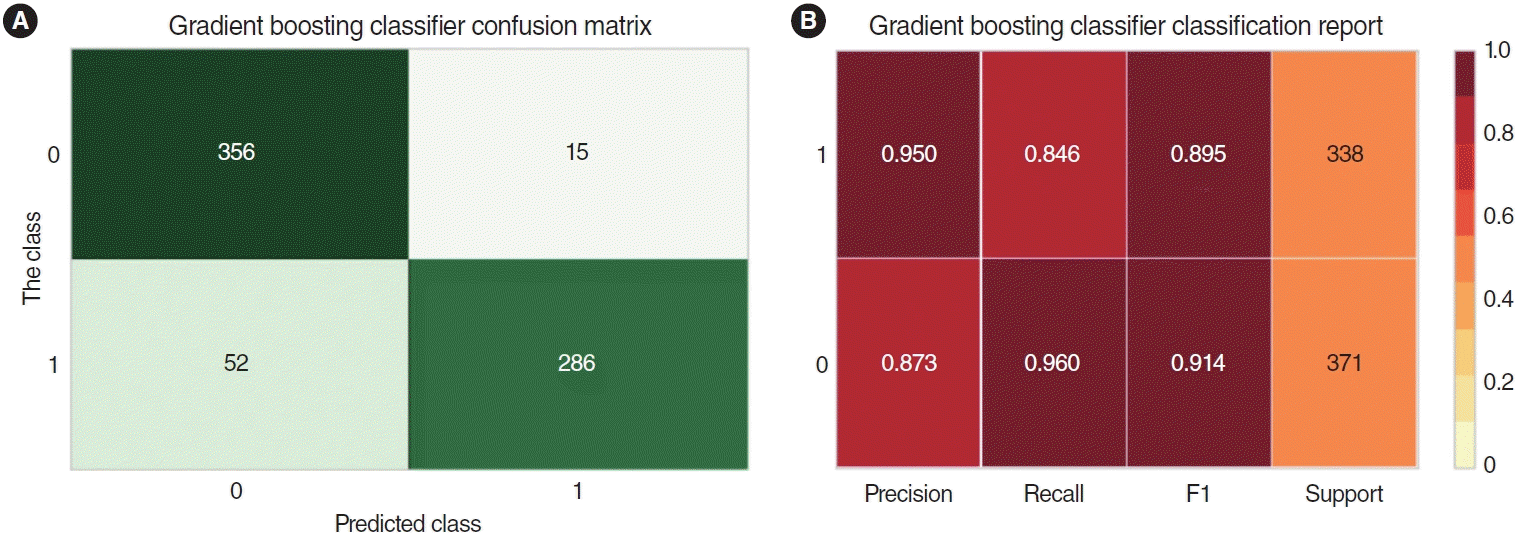




 PDF
PDF Citation
Citation Print
Print



 XML Download
XML Download